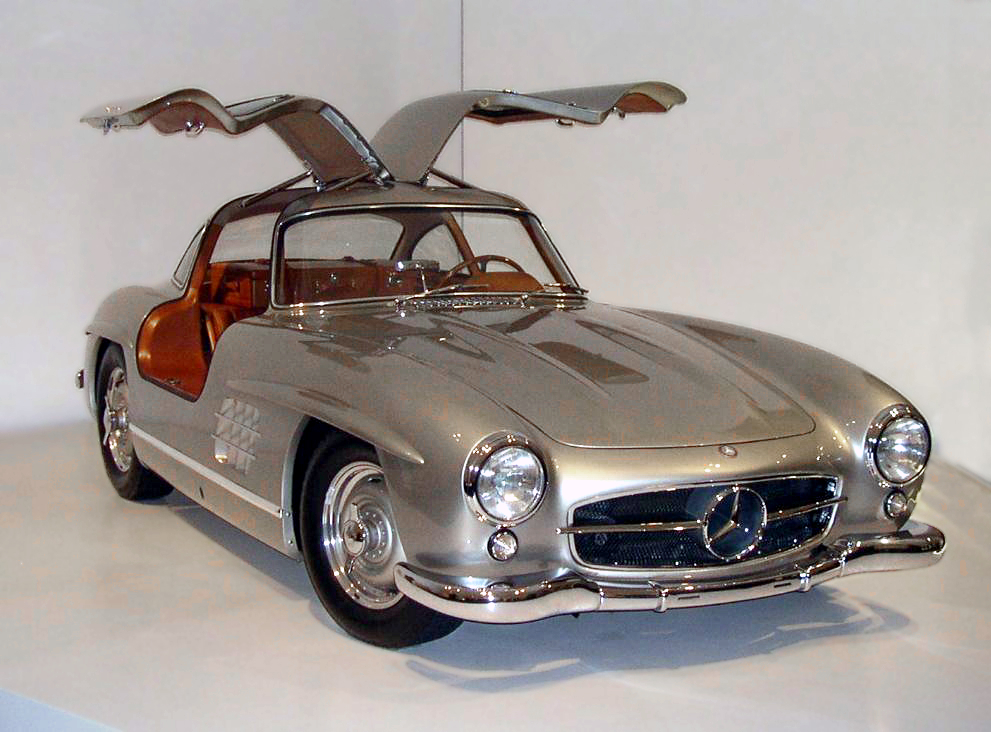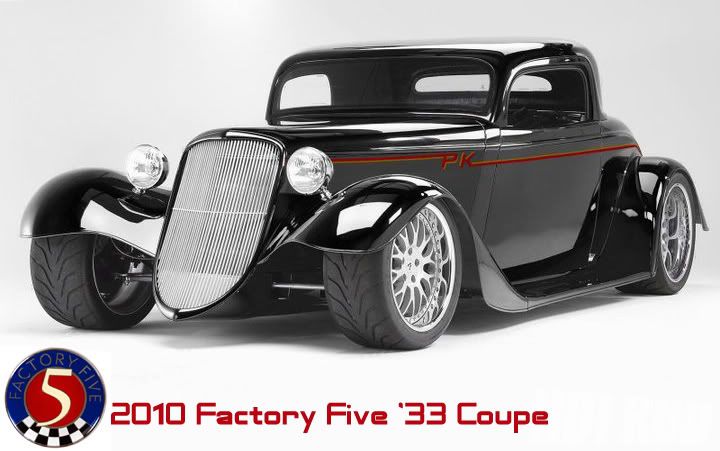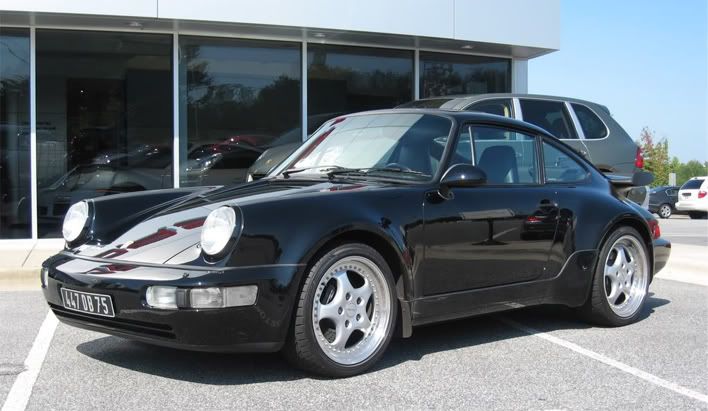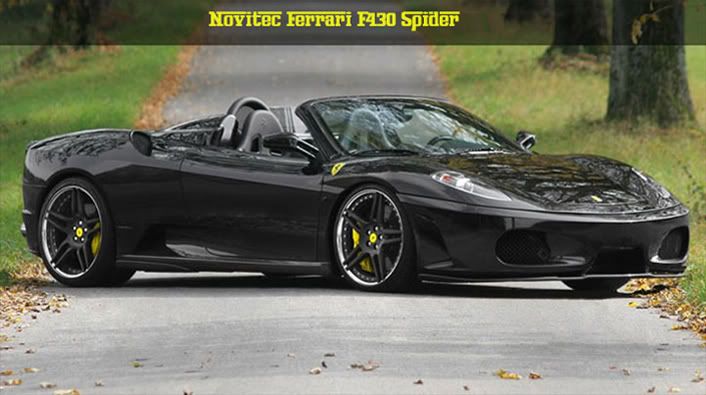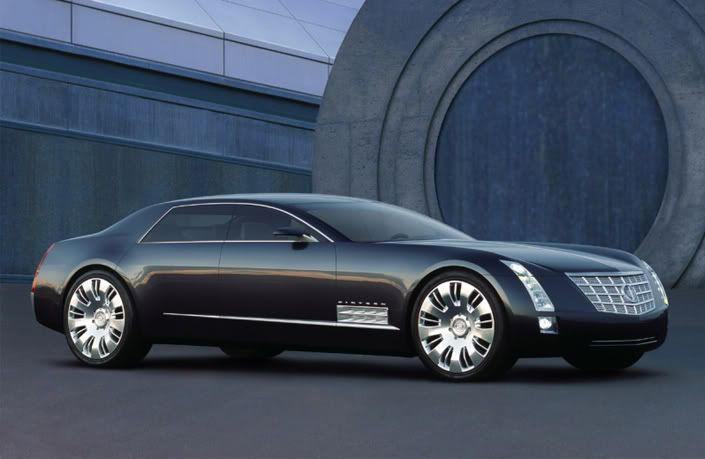Član
Jedna i jedina

In 1989, a high performance version built in cooperation with Lotus was introduced. The car was named the Lotus Omega or Lotus Carlton, depending on whether the base car was sold as an Opel Omega or Vauxhall Carlton respectively. The car was built using a great variety of parts from other GM suppliers and car manufacturers. The engine was a 3,0 litre 24 valve item, and this was handed to Lotus for the tuneup. Lotus added a hardened and larger crankshaft, giving the engine its total size of 3,6 litres. Two Garrett T25 turbochargers were installed, along with a watercooled intercooler. The engine management was also changed and the ignition changed to an AC Delco type (same system as the Lotus Esprit uses). The result was a 377 bhp (281 kW; 382 PS) performance engine. The Omega also got a bigger differential from a Holden car with a 45% LSD, and the gearbox was changed to the 6-speed manual ZF gearbox from the Corvette ZR1. The tyres were custom made by Goodyear and can be recognized by the small Greek letter Ω (Omega) on the side. This was required as this car could reach 280 to 300 km/h (186 mph). This was a fact not popular at the time, as most of the other German car manufacturers that produced fast and powerful cars had already begun putting in speed limiters to limit their cars to 250 km/h (155 mph). The 1,663 kg (3,666 lb) car accelerated from 0 to 100 km/h (0 to 60 mph) in 5.3 seconds, 0 to 160 km/h (0 to 100 mph) in 11.5 seconds.[4][5]
TuNero F430


In 1989, a high performance version built in cooperation with Lotus was introduced. The car was named the Lotus Omega or Lotus Carlton, depending on whether the base car was sold as an Opel Omega or Vauxhall Carlton respectively. The car was built using a great variety of parts from other GM suppliers and car manufacturers. The engine was a 3,0 litre 24 valve item, and this was handed to Lotus for the tuneup. Lotus added a hardened and larger crankshaft, giving the engine its total size of 3,6 litres. Two Garrett T25 turbochargers were installed, along with a watercooled intercooler. The engine management was also changed and the ignition changed to an AC Delco type (same system as the Lotus Esprit uses). The result was a 377 bhp (281 kW; 382 PS) performance engine. The Omega also got a bigger differential from a Holden car with a 45% LSD, and the gearbox was changed to the 6-speed manual ZF gearbox from the Corvette ZR1. The tyres were custom made by Goodyear and can be recognized by the small Greek letter Ω (Omega) on the side. This was required as this car could reach 280 to 300 km/h (186 mph). This was a fact not popular at the time, as most of the other German car manufacturers that produced fast and powerful cars had already begun putting in speed limiters to limit their cars to 250 km/h (155 mph). The 1,663 kg (3,666 lb) car accelerated from 0 to 100 km/h (0 to 60 mph) in 5.3 seconds, 0 to 160 km/h (0 to 100 mph) in 11.5 seconds.[4][5]
TuNero F430



